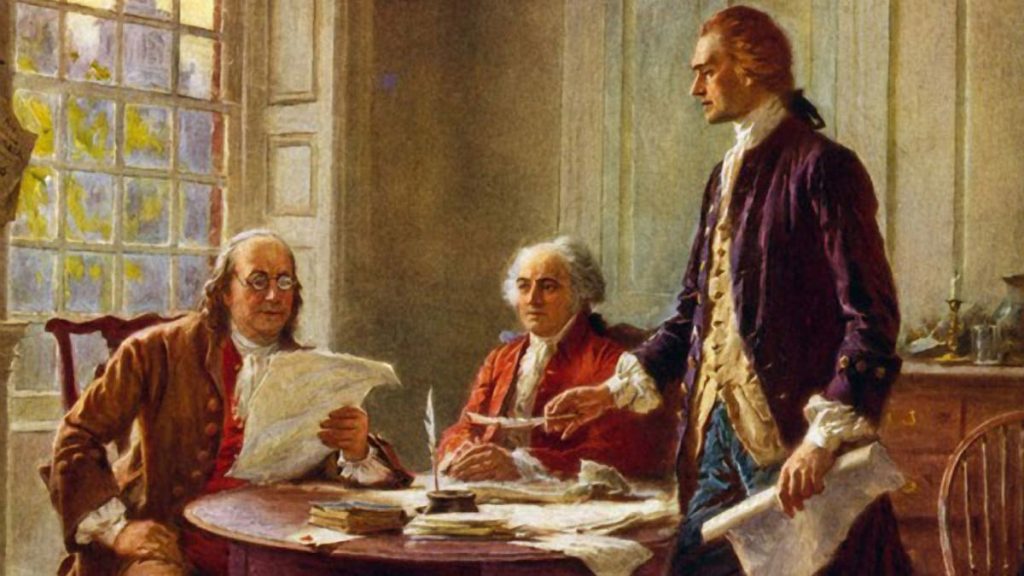The priming theory states that media suggestively convinces the audience to focus on specific issues rather than the whole picture as a whole in order to determine the performance of political parties and candidates. Oftentimes it can also be referred to as an expansionary or extended agenda-setting.
What Is Political Priming?
Political Priming is when the media creates a certain image in the audience’s mind through putting forward specific issues of the political parties. It is mostly adopted to allow the audience to identify and evaluate each party’s candidates. A series of studies have uncovered the truth that there lies a powerful media effect that goes far beyond the quintessential agenda-setting.
What Is The Process Of Political Priming?
The priming theory was first studied by Iyengar, Peters and Kinder in 1982. They entitled this dimension as the “priming effect”. The theory established its ground on the assumption that majority people don’t have any significant political essence and hence don’t take each thing into account whilst deciding politically. This is where media comes in.
By setting attention to some political factors, the media then establishes the terminologies upon which political decisions are then reached. This also takes into account the overall evaluation of political parties, candidates, and party members.
In simpler words, priming occurs when the news media suggestively presents the audience with particular issues. Upon those issues, the government and political leaders should then be evaluated on the basis of their performance.
Relation Between Priming And Agenda-Setting
Priming is oftentimes related to agenda setting. This might be due to the following reasons. The first theory is that people act upon the information already available to them quicker than going and researching themselves. This theory is derived from Hastie and Park. However, the second theory calls in Iyengar and Kinder.
This pair suggests that priming is the final part of the two-fold process accompanied by agenda-setting that takes place with the passage of time. As soon as the agenda-setting has made an issue salient, priming is the paradigm through which “mass media can… shape the considerations that people take into account when making judgments about political candidates or issues”.

To look at it from a rather easier-to-interpret perspective, both theories suggest hassle-free accessibility to information. However, priming is something that takes place afterward with the passage of time.
What Is Positive And Negative Priming?
Positive Priming has the sole purpose to speed up the processing. Whereas Negative Priming works totally opposite. A negative prime acts as an agent of lowering speed than actual un-primed levels.

